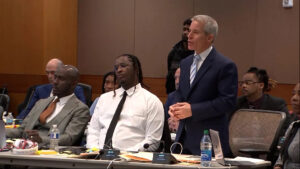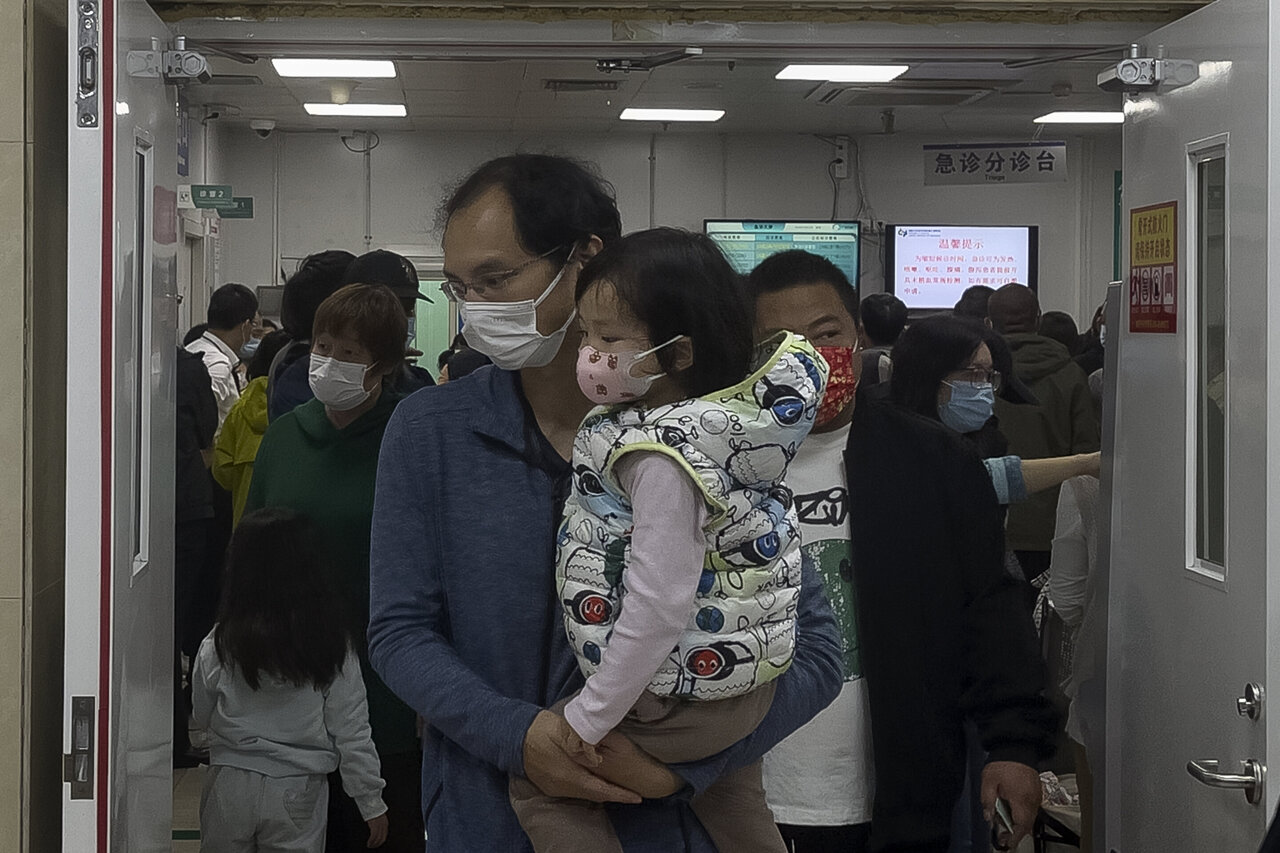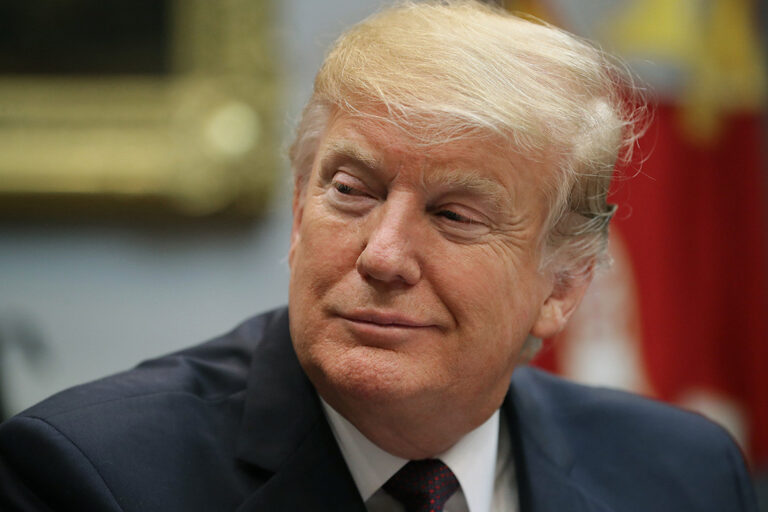Hospitals in northern China and Beijing have reported a surge in the number of children with respiratory illnesses, including pneumonia. Last week, the World Health Organization asked China to provide more information on the cases. This sudden spike in respiratory illnesses has raised questions about its potential implications and what measures should be taken in response.
To shed light on the situation, we reached out to CNN wellness medical expert Dr. Leana Wen. Dr. Wen, an emergency physician and professor of health policy and management at the George Washington University Milken Institute School of Public Health, shared her insights on the matter.
Understanding the Concerns
When asked about the concerning spike in respiratory illnesses in China, Dr. Wen provided some context. She stated that, based on the information available from the World Health Organization (WHO), there is no immediate need for global concern. The primary concern on a global scale would be if a new pathogen, akin to the emergence of Covid-19 in 2019, were the cause. Fortunately, there is no indication of this happening at the moment.
After WHO requested additional information from Chinese health authorities, it was revealed that the increase in outpatient and hospital visits can be attributed to a rise in known pathogens. These include a surge in pneumonia cases caused by the bacteria Mycoplasma pneumoniae since May, as well as an increase in influenza, adenovirus, and respiratory syncytial virus (RSV) since October. WHO noted that these spikes were expected, given the lifting of Covid-19 restrictions, a pattern observed in other countries as well. Importantly, no new pathogen has been detected, and there have been no unusual clinical presentations in children.
Why the Surge Now?
Regarding the reasons behind this surge, Dr. Wen drew parallels to what happened in the United States and many other countries in the previous year. She explained that the situation in China mirrors what occurred in the US during the winter of 2022 when children’s hospitals were inundated with cases of Covid-19, flu, RSV, and other common viruses. Much of this increase in illnesses was attributed to the relaxation of Covid-19 mitigation measures.
During the peak of the pandemic, there was a significant decline in respiratory illnesses, especially among children who would typically be exposed to various infections each year. However, when mitigation measures were lifted, contagious illnesses spread rapidly in schools and daycares, leading to a surge in infections and hospitalizations among children.
China lifted its mitigation measures later than many other countries, and this surge in respiratory illnesses is, therefore, occurring in the first full winter after the end of “zero Covid” policies. This rise is consistent with the pattern observed in other parts of the world.
Understanding Mycoplasma Pneumoniae
Dr. Wen also provided insights into Mycoplasma pneumoniae, the bacteria responsible for a significant portion of the pneumonia cases. Mycoplasma pneumoniae is a common type of bacterial pneumonia, with an estimated 1% infection rate in the US population annually. However, only 5% to 10% of those infected with Mycoplasma will develop pneumonia.
Pneumonia caused by Mycoplasma is considered “atypical” and typically has a gradual onset with nonspecific symptoms such as low-grade fever, tiredness, headache, and a nagging cough. Other symptoms may include a sore throat, runny nose, ear pain, and, in rare cases, a rash, joint pain, and gastrointestinal symptoms. This type of pneumonia is most common among young adults and school-age children, particularly in crowded settings like schools.
Multiple Potential Causes
When asked whether the pneumonia cases could be caused by other organisms, Dr. Wen confirmed that pneumonia can indeed have various causes. Streptococcus is another common bacterium that can lead to pneumonia, and viruses like RSV and Covid-19 are also known culprits. Diagnosing the exact source of pneumonia can be challenging, especially when a single individual may have multiple infections simultaneously.
Travel Recommendations and Precautions
In terms of travel to China, the WHO has explicitly advised against the application of travel or trade restrictions based on the current information. Additionally, WHO does not recommend any specific preventive measures for travelers to China, but it does emphasize the importance of reducing the spread of respiratory illnesses. This includes staying home when ill, ensuring good ventilation, practicing regular handwashing, and wearing masks when appropriate.
Dr. Wen suggests that individuals vulnerable to severe respiratory illnesses should take additional precautions, such as wearing N95 or equivalent masks in indoor, crowded places.
Preparedness for Governments and Health Systems
Regarding the measures that governments and health systems should take, especially in the rest of China and neighboring countries, Dr. Wen aligns with WHO’s recommendation to refrain from imposing travel or trade restrictions at this time. However, she emphasizes the importance of continually pressing China for up-to-date and accurate data disclosures.
In the meantime, governments and hospitals should be vigilant for a rise in influenza-like illnesses and pneumonia cases. Prompt testing and diagnosis are crucial, and health systems should ensure they have the capacity to treat patients who require hospital care. With the possibility of a rise in respiratory illnesses during the winter, health systems need to prepare for a potential influx of patients, similar to what was experienced during the peak of the Covid-19 pandemic.





















+ There are no comments
Add yours